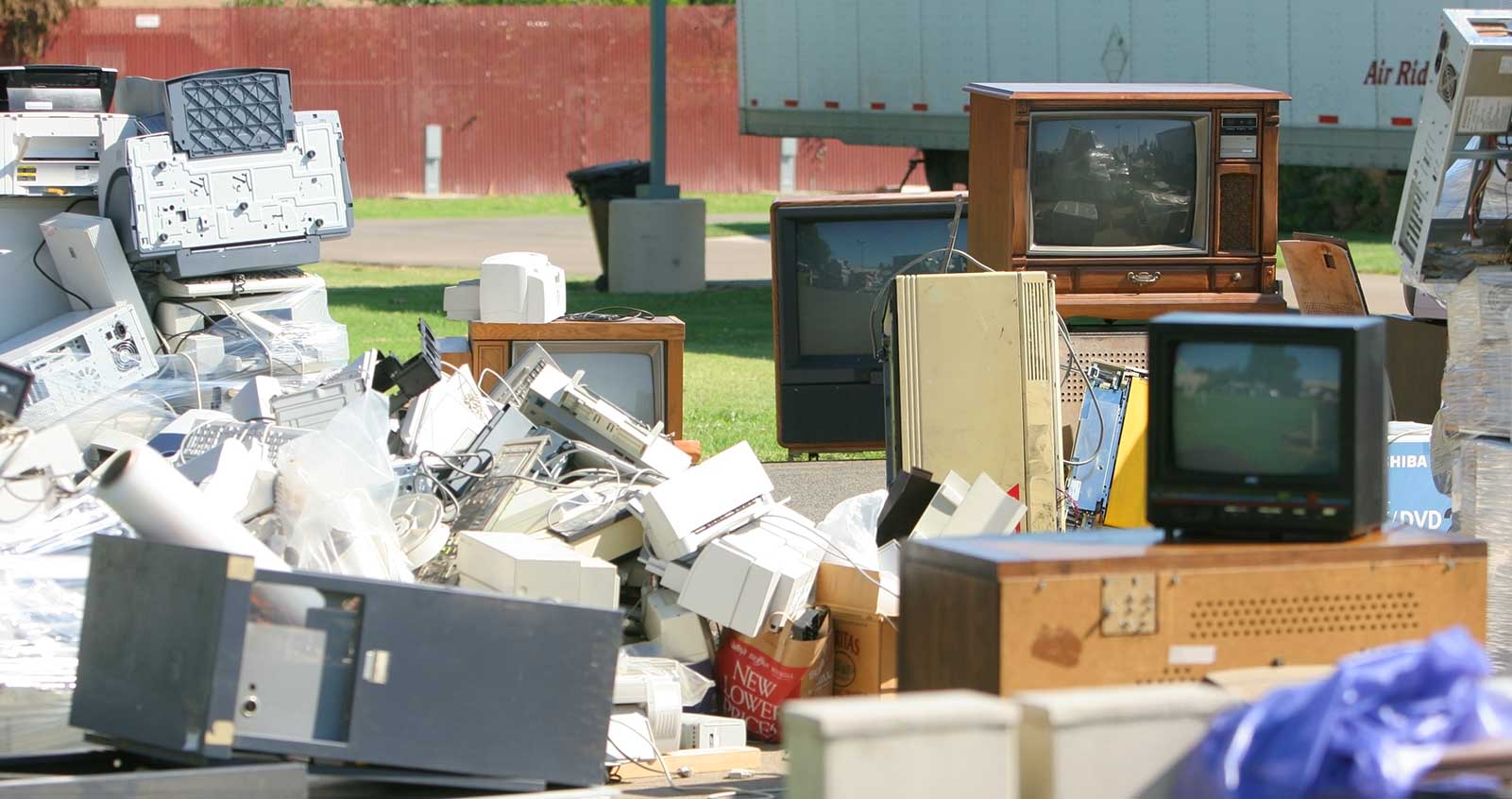Preventing and Managing Builders Waste
Posted on 16/09/2024
Construction activities are essential for urban development and modernization. However, the industry generates a substantial amount of waste, which poses significant environmental challenges. To mitigate these issues, it is crucial to adopt effective strategies for preventing and managing builders' waste. This article aims to provide a comprehensive guide on the best practices and methods for minimizing waste in the construction sector.
The Importance of Managing Builders Waste
Builders waste accounts for a large portion of the overall waste produced globally. Proper management of this waste is vital for several reasons:
- Environmental Conservation: Improper disposal of construction waste can lead to soil, air, and water pollution. Measures to manage waste can significantly lessen the environmental footprint of construction activities.
- Resource Efficiency: The reuse and recycling of materials reduce the need for new resources, conserving natural habitats and lowering greenhouse gas emissions.
- Cost Reduction: Efficient waste management can provide economic benefits by reducing disposal costs and generating revenue from recycled materials.
- Legal Compliance: Adherence to construction waste regulations helps avoid legal penalties and ensures that the project remains on schedule and budget.

Sources and Types of Builders Waste
Construction waste can be broadly classified into several categories:
- Concrete: Excessive use of concrete leads to sizeable amounts of leftover material.
- Wood: Wood scraps and offcuts are common, especially in framing and carpentry stages.
- Metals: Steel, aluminum, and copper waste often results from cut-offs and unused materials.
- Bricks and Masonry: Broken or surplus bricks and blocks constitute a significant portion of waste.
- Plastics: Protective coverings, packaging, and insulation materials contribute to plastic waste.
- Gypsum: Drywall sections and offcuts are a typical byproduct in interior construction.
- Hazardous Waste: Lead paints, asbestos, and other hazardous materials need careful handling and disposal.
Strategies for Preventing Builders Waste
Prevention is the cornerstone of effective waste management. Implementing strategies to minimize waste from the outset can lead to substantial benefits:
Efficient Planning and Design
An integral part of minimizing builders' waste is meticulous planning and design:
- Modular Design: Opt for modular construction to minimize offcuts and waste materials.
- Digital Modelling: Employ Building Information Modeling (BIM) to plan material usage accurately.
- Accurate Measurement: Ensure precise measurements to avoid over-ordering materials.
Material Management
Choosing and handling materials wisely can significantly reduce waste:
- Sourcing: Select suppliers who offer materials in required sizes and quantities.
- Storage: Store materials properly to avoid damage and deterioration.
- Inventory Management: Implement strategies to track material use and reduce overstocking.
Personnel Training
Training workers in efficient construction practices can also reduce waste:
- Skill Development: Ensure that workers are skilled in cutting and using materials efficiently.
- Waste Awareness: Educate the workforce about the importance of minimizing waste.
Managing Builders Waste Effectively
Despite the best efforts, some waste generation is inevitable. Thus, efficient management of the waste produced is necessary:
Waste Segregation
Segregated waste is more accessible to manage and recycle:
- On-site Separation: Set up different bins for different waste types like wood, metal, concrete, etc.
- Color-Coding: Use color-coded bins to make segregation straightforward and intuitive.
Recycling and Reusing Materials
Recycling and reusing materials can offer ecological and economic benefits:
- Concrete and Masonry: Recycle concrete and masonry waste for use in new construction or road base.
- Metal Scraps: Collect and send metal scraps to recycling plants.
- Wood: Reuse wood for other construction projects or recycle it into chipboard.
Proper Disposal
For materials that cannot be reused or recycled, responsible disposal is essential:
- Licensed Facilities: Use facilities that comply with local waste management regulations.
- Hazardous Waste: Ensure hazardous materials like asbestos and lead-based paints are disposed of according to safety guidelines.
Composting
Organic waste like vegetation and timber offcuts can be composted on-site, contributing to waste reduction.
Role of Technology in Managing Builders Waste
Technological advancements can significantly aid in preventing and managing construction waste:
Automated Systems
Automation in waste management can improve efficiency:
- Sorting Machines: Use automated sorting machines for segregating waste materials.
- Tracking Software: Employ software to monitor and manage material usage and waste generation.
Green Building Technologies
Incorporating green building technologies can reduce waste:
- Sustainable Materials: Use materials that are recyclable and have a low environmental impact.
- Energy Efficiency: Design buildings to be energy-efficient, minimizing waste from energy sources.

Legislation and Builders Waste Management
Compliance with regulations is mandatory to avoid legal repercussions:
Local Regulations
Be aware of local regulations regarding construction waste management:
- Permits and Licences: Obtain necessary permits for waste disposal.
- Compliance Standards*: Adhere to waste management standards set by local authorities.
International Standards
Adopt international standards for better waste management practices:
- ISO 14001: Follow guidelines that help manage environmental responsibilities.
- LEED Certification: Aim for LEED certification as it mandates sustainable construction practices, including waste management.
Conclusion
Managing builders waste is not only a regulatory requirement but also a moral and economic obligation. Preventing waste generation through efficient planning, material management, and staff training can substantially reduce the environmental footprint of construction activities. Additionally, implementing effective waste management strategies, employing technological solutions, and complying with regulations can optimize resource use and minimize detrimental impacts. By prioritizing sustainability in construction, we can pave the way for a greener and more efficient future.




